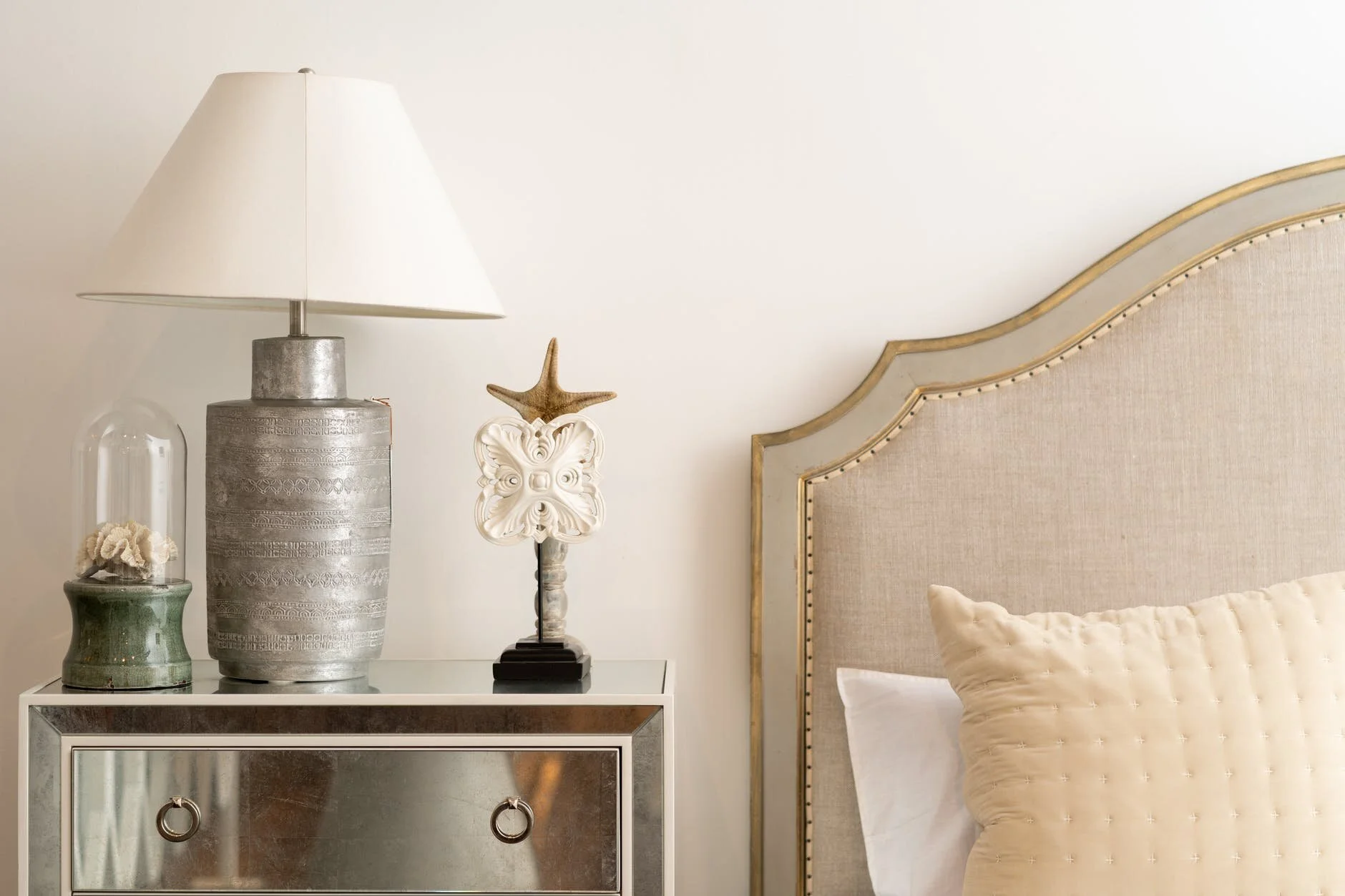How to Fit an Office into a Small Space
COVID-19 social distancing restrictions have led to many more people working from home. It’s wonderful that today we have the technology to keep so many businesses running while protecting workers and communities from the pandemic. However, not all workers were prepared to go remote. People in small homes or apartments may not think they have the space to set up a home office.
Trying to focus without a dedicated workspace is difficult. Fortunately, there are plenty of ways to work with small spaces and create the office you need to succeed at home. Here is a look at why you should create an office, as well as a few tips for getting started.
The Power of a Dedicated Workspace
We are creatures of habit, and it’s important to respect and understand that. When we go into the office, a powerful shift happens in our minds. The act of sitting down at your work desk tells your brain it’s time to focus. It happens naturally when we’re working in a traditional office environment; being in an office triggers a workplace attitude change.
The switch doesn’t flip at home, however, unless we find ways to change our environment. When you work at your kitchen table or on your couch or bed, your brain doesn’t know it’s work time. Instead, it falls into the mental pattern it’s used to for that environment. This likely means you wind up browsing Facebook or watching videos, even when you have every intention of working.
It’s also bad for you off the clock. Working in bed, for example, makes it substantially harder to fall asleep. It’s the flipside of the same equation as before: If your brain doesn’t know if the bed is for work or for sleep, sleeping will be difficult as well. Creating a home office gives you that dedicated workspace you need to really focus and buckle down.
Build Your Budget
Before you dive into creating your office, take a look at your budget and make a plan. It’s easy to dive right into picking up supplies and spend a lot more than you’d really intended. If you don’t have the funds to set aside right away, you can look into options such as a home refinance. By refinancing you can turn your home equity into cash which can then be spent building your office. Additional benefits of refinancing include lowering your monthly mortgage payments and switching to a fixed-rate mortgage.
Think Vertical or Multi-Functional
Most small spaces don’t have a ton of storage, so try to get office furniture that’s as multi-functional as possible. For example, a desk with drawers in it can hold your office supplies, as well as home necessities like batteries and tools. The more function you can get out of a single piece of furniture, the better you can justify its floorspace.
You can also just reduce floorspace by thinking vertically. For example, a standing desk can easily fit a small set of drawers beneath it. Even the designs that can work as standing or sitting desks allow you to make use of the floor underneath. You can make use of floating shelves above your desk as well, or metal shelves are a budget-friendly option and typically sturdy and easy to assemble. Exploring your vertical space gives you the ability to organize and create storage in even the smallest rooms.
Creating your home office will make your work-from-home life more productive and more pleasant. By designating a specific work zone, you allow yourself to create a work-life balance despite being at home. Focus on efficient use of your floorspace, think vertically, and keep your project on budget to create a small-space office you can be proud of!
Photo Credit: Pexels
Article Written By: Alice Robertson from tidyhome





